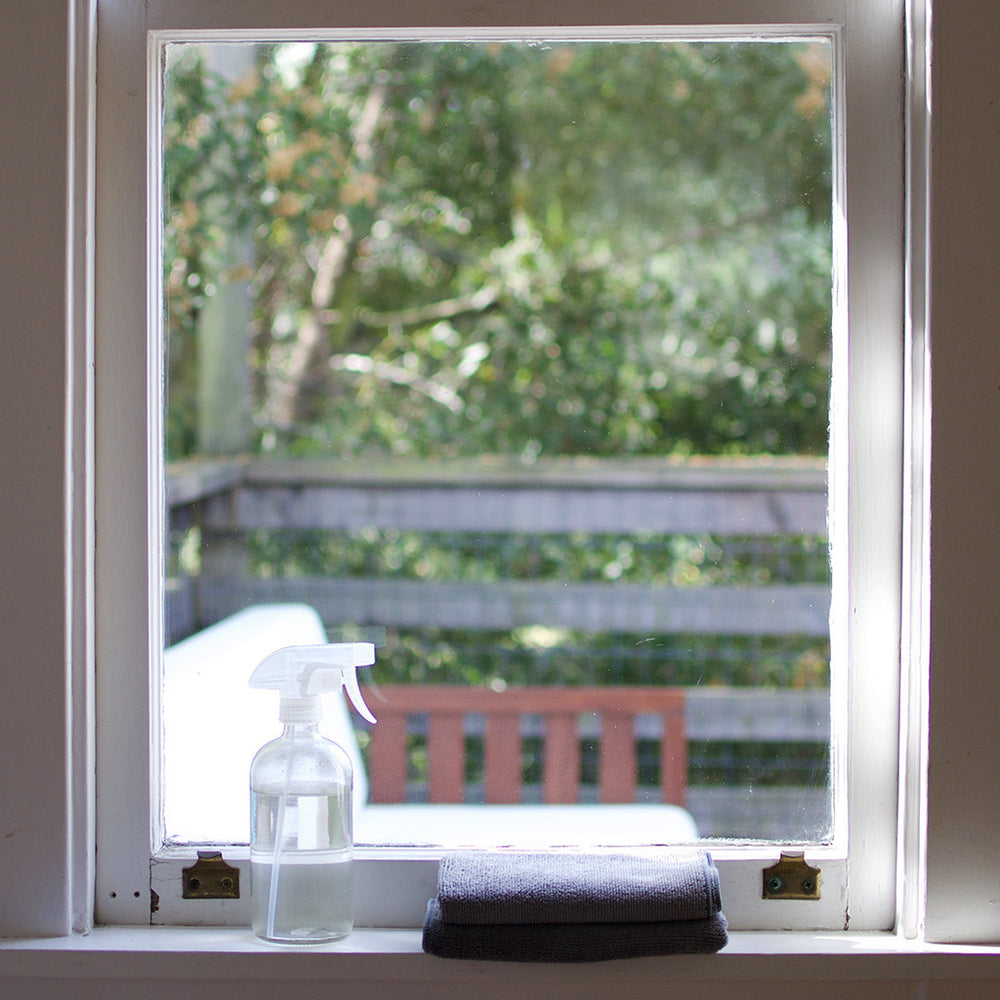Personally, I look forward to the annual spring clean. I am by no means a clean freak—I’ve been known to let dust bunnies and socks accumulate in alarming numbers under the bed.
I more so enjoy the process of reorganizing and getting rid of things—things that seem to multiply as the months go by. Things that get tucked away as “someday I’ll have a reason to wear this” or “someday I might have a use for this.” In reality, they sit sad and forlorn in my closet, drawers and garage collecting dust and taking up valuable space. Worst yet, I get a little pang of guilt each time I eye these neglected items.
I have come to love purging so much that I keep an ongoing donation box in the basement that I try to drop off at Goodwill each month. Every time I drop off a box, I leave feeling that much lighter. And now my friends compliment how minimal our home has become. But let me tell you, I didn’t become a minimalist overnight—it’s taken me time, discipline and practice.
For me, minimalism and zero waste go hand-in-hand. I became a minimalist before I became a zero waster. I love the feeling of looking around my home and seeing uncluttered surfaces with only the few bare essentials. I love the process of going through each of my drawers, closets, rooms and evaluating what I really need and cultivating simple everyday objects that bring me joy.
Similarly, I’ve found that zero waste is connected to having fewer things and maximizing objects that are long-lasting, high quality and not designed for disposal. With both minimalism and zero waste, I’m getting down to the bare essentials and taking good care of the few things I have so they last a long time.
So with this year’s spring clean drawing near, I wanted to share a few of my tips for creating a zero waste, minimal space that will bring joy and clarity to your environment.
- Create a list. I love a good list. It helps me to organize all of my to-dos and projects so that I don’t feel overwhelmed and can create a plan of action. I like to go by room. For example, bedroom might include:
- purge closet
- organize jewelry box
- wash windows and mirrors
- wash linen, blankets and pillows
- sweep cobwebs from ceiling
- dust art and floor mouldings
- scrub kilim area rug
- Be ruthless. I have become really good at letting go of things. It takes practice and being a little ruthless. I used to hold onto clothes that didn’t fit, didn’t look good or make me feel awesome, needed repair, were expensive, had stains or tears, were gifted by a loved one, etc. Over time, I’ve gotten really good at being ruthless. I will often hold the item in question in my hands and connect the purpose it serves and why I feel guilty for letting it go. I try hard to only cultivate things that I use often and make me feel great. I highly checking out Marie Kondo's The Life-Changing Magic of Tidying Up.
- Try homemade. I am amazed by how much cleaning I can accomplish with white vinegar and reusable cleaning cloths. There are so many awesome homemade, zero waste recipes out there for cleaning every different types of surface, but I like simplicity. I use Bea Johnson’s recipe from her book Zero Waste Home and add 1 cup of water, ½ cup of vinegar and 10 drops of lavender oil in my spray bottle and use it as an all-purpose cleaner on everything from tile counters to wood tables to mirrors.
- Create piles. I like to have three piles to choose from when I am doing a cleanse, especially when it comes to my closet. I have my donate pile and my maybe pile which I put into a box in the garage for one month. If I haven’t used anything from the maybe box during the month, then it goes into the donate pile next month.
- Repair. Another pile I make during a spring clean, or any closet purge, is a repair pile. These are clothes that need to be altered or mended, boots that need to be resoled, jewelry that needs to be fixed or shined. Similarly, if I don’t fix the item and start using it within the month, I likely will donate it the following month.
- Repurpose. Some of my best cleaning tools are repurposed items—I like to use my bamboo toothbrush to clean grout and small nooks and crannies. I also cut up some old towels into rags so I don’t need paper towels.
- Rot. Remember that dryer lint, vacuum dirt and floor sweepings can all be composted. They do not belong in the garbage.

